So how did the first London Irish Women talent ID day turn out? We find out!
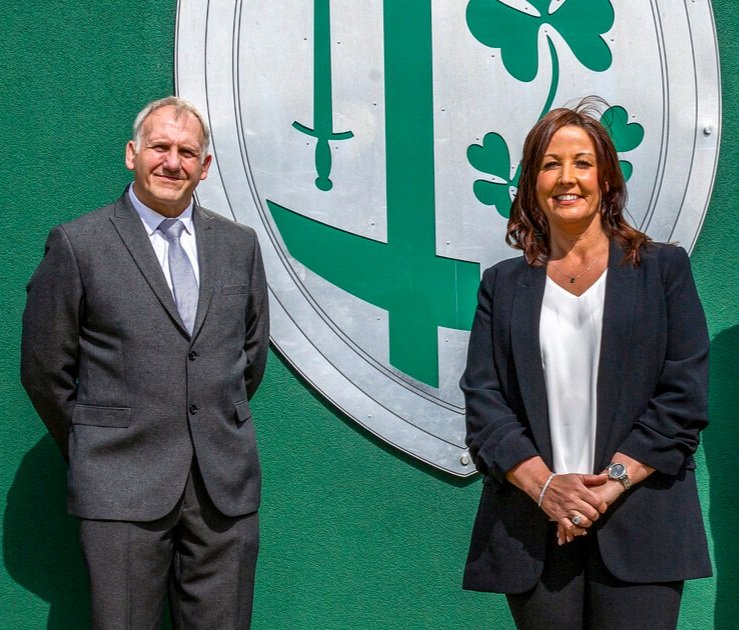
When London Irish announced in May that they intended to put together an elite women’s team it was possibly the best news I’d heard from the club in my time following them. I’ve been keeping a close eye on proceedings and with the club holding their first talent ID day a couple of weeks back I caught up with Director of Women’s Rugby Mary Fyfe who looks after both the elite set up and the existing London Irish Emeralds, and former England Women coach Graham Smith who is leading on-field development to find out how the day went and what comes next for the team.
“We were delighted with the turnout!” Mary says. “With it being the first talent ID day we’ve done at this level of the game, we didn’t know what to expect. There were other clubs also doing camps that weekend so we weren’t certain whether we, as the newbie on the block, would draw enough interest but we were blown away with the diversity of the players, the number of clubs and areas of the country represented. It was as successful as we could have hoped it would be!”
Graham is clearly pleased with the turn out too, but points out that such a good turnout should be surprising in some ways. “I think the game has a massive question to ask itself. If, on the same weekend as Wasps and Harlequins are running events, we can have the level of quality at our event what we did – there wasn’t one person there who hadn’t played before, when you’d sometimes get transfer athletes – you have to ask how the game is missing these players. These are 18-, 19- and 20-year-old girls who should be looked at by clubs currently at a higher level than us! They’ve missed the boat though because I’ve got them now and there’ll be a hell of a fight if they try and take them off us.”
It does raise the question of whether the structure beneath the Premier 15s, as it currently stands, is fit for purpose. While some teams are naturally bringing through young talent due to their college or university affiliations, others seem to thrive by cherry picking players who have been developed elsewhere and the Championship, which should be a fertile breeding ground for young or late blooming players doesn’t seem well connected at all.
“It’s a well-worn phrase, but I think you have to think outside the box with what we look for and how we assess players” Smith adds, diving into his process for assessing talent. “It wasn’t by design, but we had coaches from boxing and from Gaelic football who came and helped us with talent identification. This gave us a completely different view on the athletes we were looking at. I think a lot of the time rugby coaches focus on what players do on the ball, but Marie, with her Gaelic football background was really focused on what they do off the ball. Roy gave us a really clear indication of which players had mobility, good footwork and strong evasion, balance and body management skills because of his boxing skillset. It gave us a different set of views. There’s some good young players there, I’m not saying they’ll play in the Premier 15s in two seasons time, but I think one or two are future internationals that have been missed. Our job now is to maximise their potential!”
Those additional coaches, Marie Scanlan from Tara Ladies (the Gaelic football team Mary played for when she first came to London), Roy Headey who coaches boxing in Hampton Court and has been working with the existing London Irish Emeralds, and coaches from a more traditional rugby background combined to add a wide range of views to Graham’s own assessments and by all accounts what impressed is that they were all identifying the same top performers, albeit for different reasons. What became quickly clear is that the pure athletes were identified and can now be worked with to develop their skills.
Mary sees the link with Gaelic sport as one the club would like to develop further. There are already some players in the Emeralds who also turn out for Tara and the skillsets are really transferable bringing very different, and very valuable skills into the club. You only have to look at the Irish national team and see the number of skilled players with GAA backgrounds to see how effective this could be! In women’s rugby we’ve also seen crossover athletes prosper, Shaunagh Brown and Simi Pam with their athletics backgrounds are two who spring immediately to mind but Lindsay Peat the Irish prop has a rich history in other sports too.
Another member of the coaching team London Irish are building is Abi Chamberlain who herself picked up rugby at university and went on to captain England 7s.
In terms of what happens next for the players who have been identified as having potential, some will join the Emeralds for their first Championship season, others will form the founding group for a Premier Academy that Irish will be launching in the autumn. With a catchment area that extends from London down to Bournemouth, as well as some overseas locations Graham has links with, there is a big base of talent to draw from.
Smith has been keeping busy catching Premier 15s pre-season games and making sure he has a feel for the standard of the league so Irish can be ready to take on these clubs. Nobody knows what the next iteration of the Premier 15s will look like, but if I were a betting man I would expect the league to expand to more closely resemble the Gallagher Premiership.
“We didn’t go in for the 2019, because we weren’t ready” Mary says of Irish’s aspirations within women’s rugby. “We always wanted to march into the Premier 15s, not limp! That’s why we engaged Graham. Without patting ourselves on the back I think we have a very clear strategy and a very clear intent. We’re going to get the fundamentals in place and do them right so when we – hopefully – get into the Premier 15s we’re not starting at that point. That’s true both on and off the field.”
“You’ve got to have a structure that is sustainable.” Graham adds. “I know Vicky MacQueen (director of rugby at Leicester Tigers) very well and they’re linking up with her old club Lichfield. Vicky has seen straight away that you need a pathway. Some teams in the Premier 15s don’t have a pathway. They have a recruiting structure and I think that can, in the long term, lead to a void in players.”
“For us the most important thing is that the Emeralds are as strong as they can be when we go into the Premier 15s. You need a fallback structure for players and that might be the Emeralds, or it might be somewhere like Cobham or Horsham… whichever club they came from. They take that experience they’ve had and better that club. That builds an honesty pathway where clubs know London Irish looked after their girls and so are comfortable promoting their players to the elite team. I don’t think some of the Premier 15s clubs can say they have that.”
“[If Irish are added to the Premier 15s] there will be more equally supported, similarly placed, clubs fishing in the same pond” Mary points out as we talk a little more about the league potentially expanding. Ealing have also signalled their intent to be involved to name just one other London team. “The question for a player then becomes ‘which team do I want to play for?’ and it won’t always be Quins [or Wasps]. Especially if the other teams can show they are competing at the top end of the table. It can’t be the Quins and Saracens show every year.”
Graham and Mary make it clear that Harlequins are, to their eyes, the exemplar team right now. For all that they think the structure of the club should be different, they recognise that Quins look after their players very well. It’s a point that has stayed with Graham since his involvement, alongside MacQueen, in the creation of Loughborough Lightning’s elite team. The idea that a player, as a child, can see a path to wear the same shirt as the players they aspire to. Getting the Championship side to the best state they can be builds the foundation for a successful run in the Premier 15s when the time comes and Graham fancies his side’s chances against one or two of the Premier 15s teams already.
A key piece in the pathway is the club’s affiliation with St Marys University. It’s not just a casual link either, the men’s team often have players studying there for degrees alongside their playing career and from the start of the new academic year Graham and the team will be hands on and working closely with the university team to develop talent. With players like Izzy Mayhew having come through the St Marys system it bodes well that this route to the eventual elite London Irish women’s team could be a busy one.
“We’re very proud of that link.” Mary says as soon as St Marys is mentioned. “It’s not just lip service, we’ll be in there delivering women’s rugby. It’s our local university and there’s a longstanding relationship with London Irish and St Marys, not least because there was a huge cohort of Irish students at Dt Marys for the longest time and after a dip that’s growing again. It’s about having the right home for players that we might identify. We will hold talent ID camps over in Ireland and we want to get the welfare element of this plan right alongside the playing side. It means we can offer a strong wraparound and look after those players during their time in the UK.”
“We want to play a game where players enjoy what they do. The game is confrontational, the game is physical but the game is really about evasion and keeping the ball in hand, not kicking it away… We want to play a style of rugby that excites people but with the decision-making process of when and how to [play the ball]” Graham says as the conversation draws to a close.
Mary expands on the point. “There’s a humility to what we’re trying to do. We want to do things in the best possible way, led by the players. But there’s a huge ambition behind it too. We’re not there to make up the numbers and we don’t want to be a flash in the pan. This is a brand-new club in many ways. Yes we’re London Irish but there’s never been an elite women’s team here. We’re not foolhardy, we know there’s a lot of clubs out there doing it very well – Quins and Saracens are the forerunners – but there has to come a time where the tide changes, otherwise the women’s game in this country will fail. It can’t be a two-horse show! We’re trying to do what we need to do to make it the best competition it can be!”
AS we say our goodbyes it resonates with me how similar the ethos is between what Mary and Graham are building and the way Declan Kidney talks about building his team. Graham mentions in passing that he wants to spend some time with Kidney and his team to share their views and approaches too.
For me, as a London Irish fan and a supporter of women’s rugby it’s a hugely exciting time and I’ll be doing what I can to document the journey!
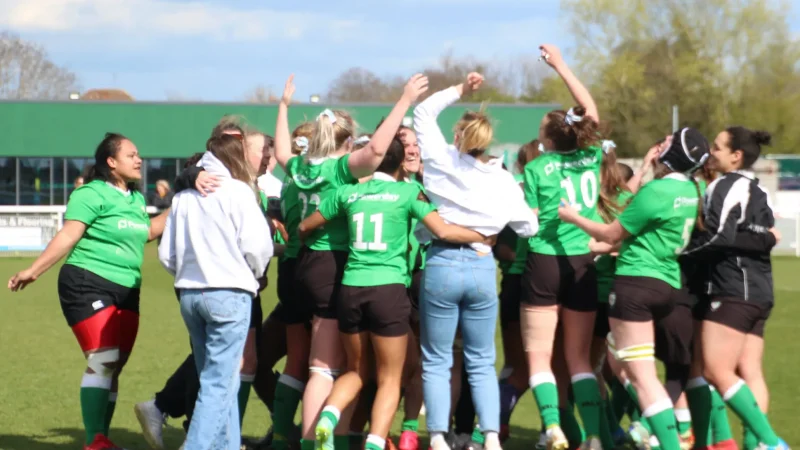
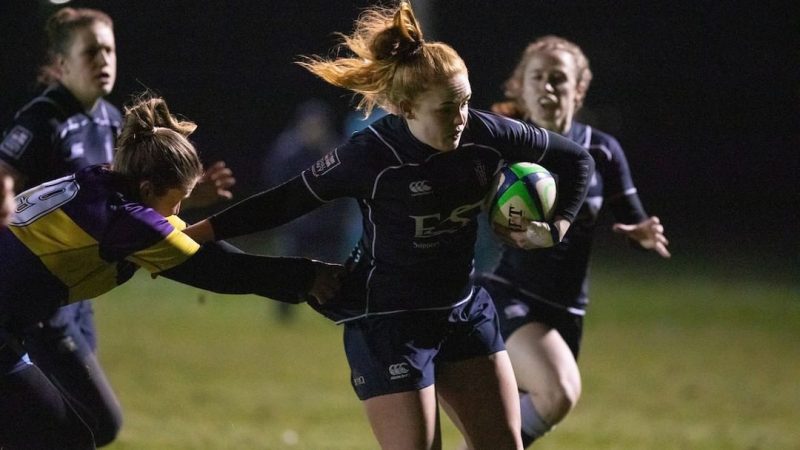
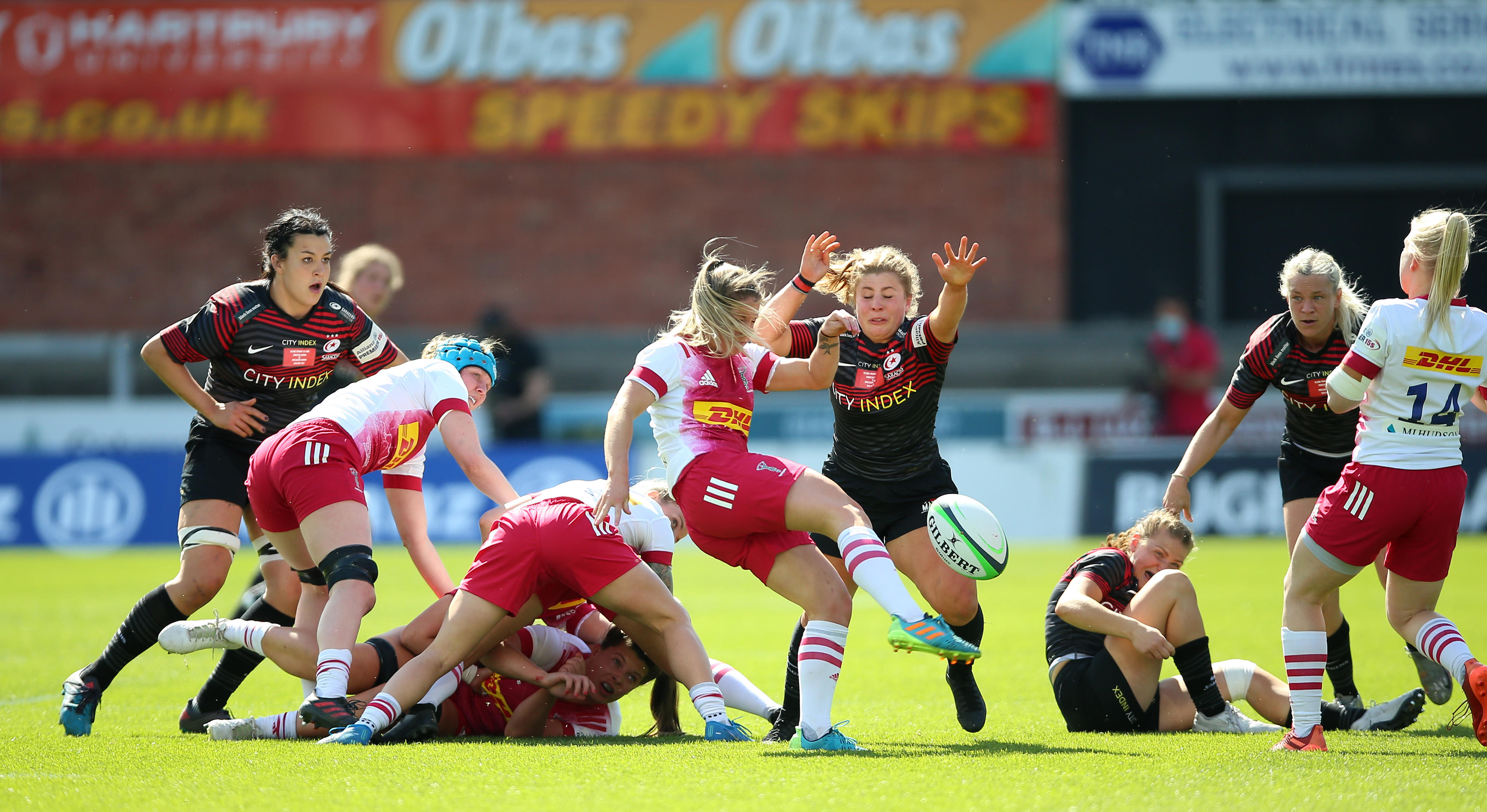
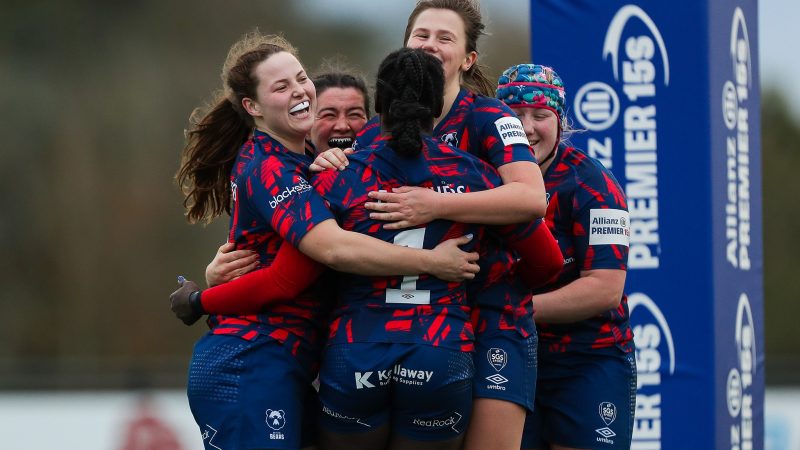
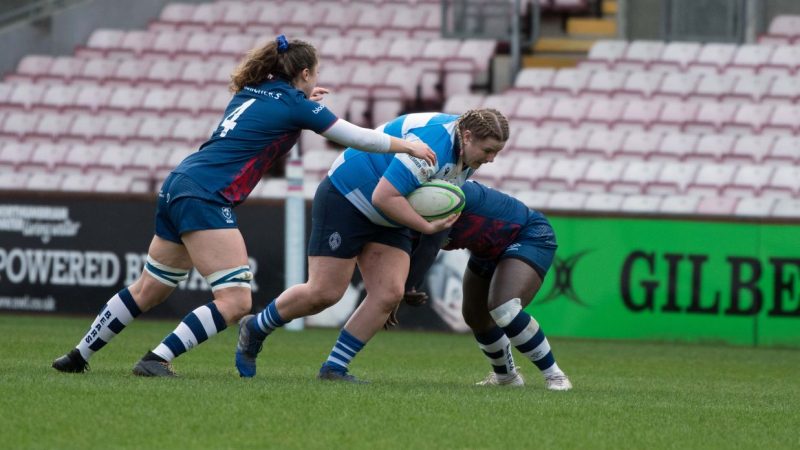
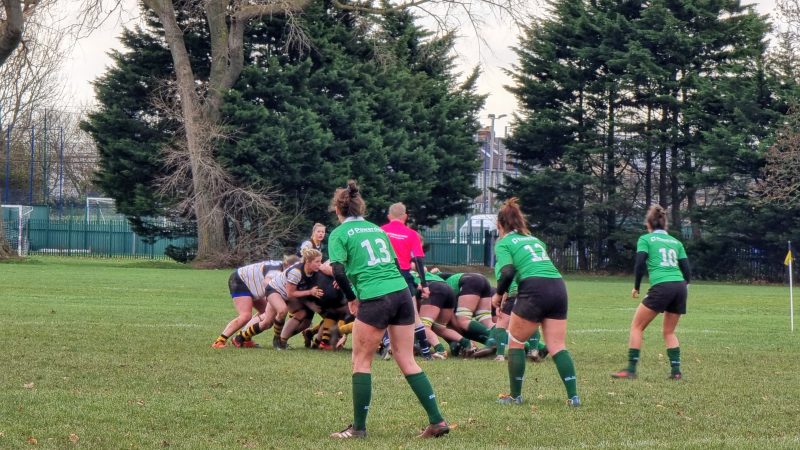
One thought on “So how did the first London Irish Women talent ID day turn out? We find out!”